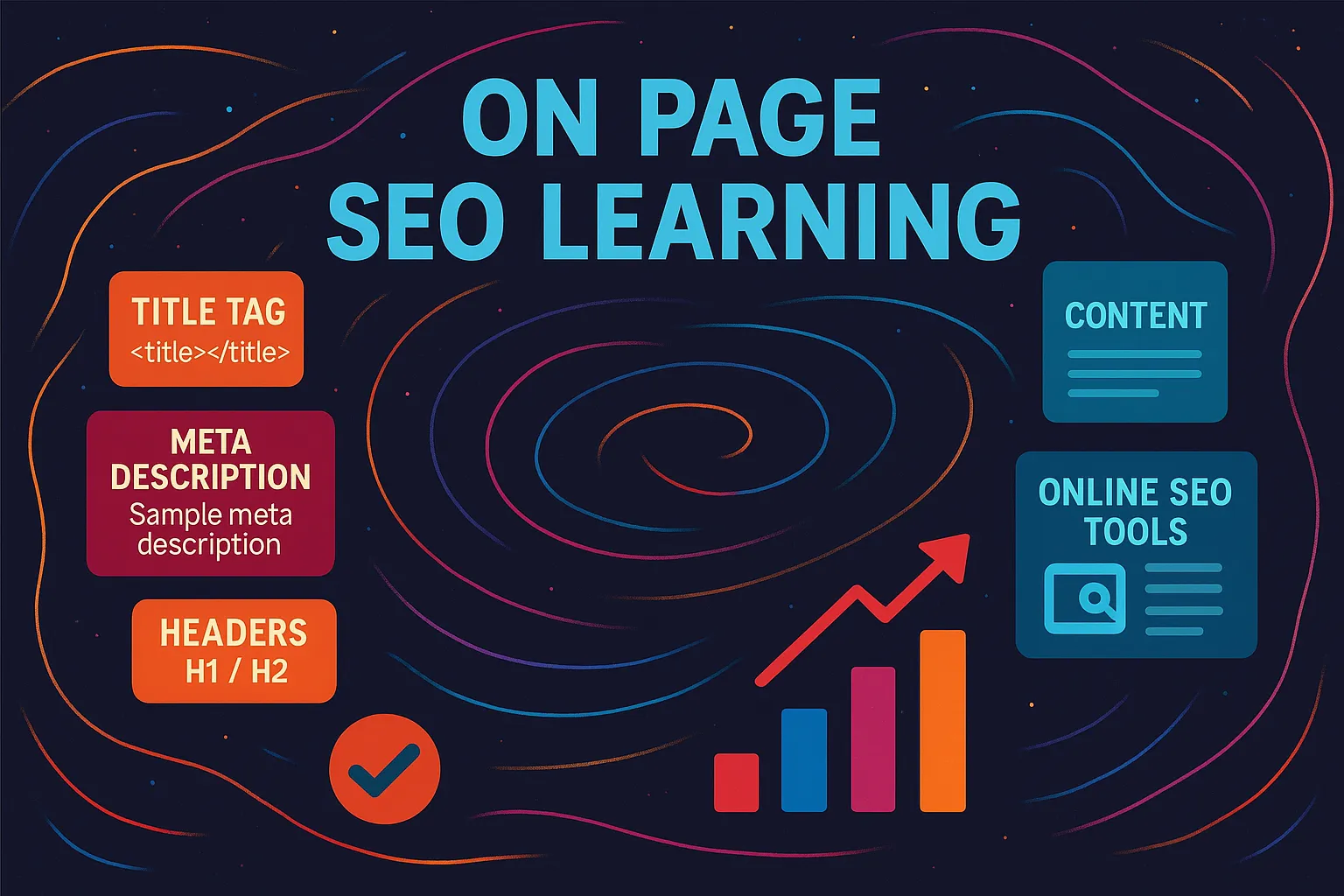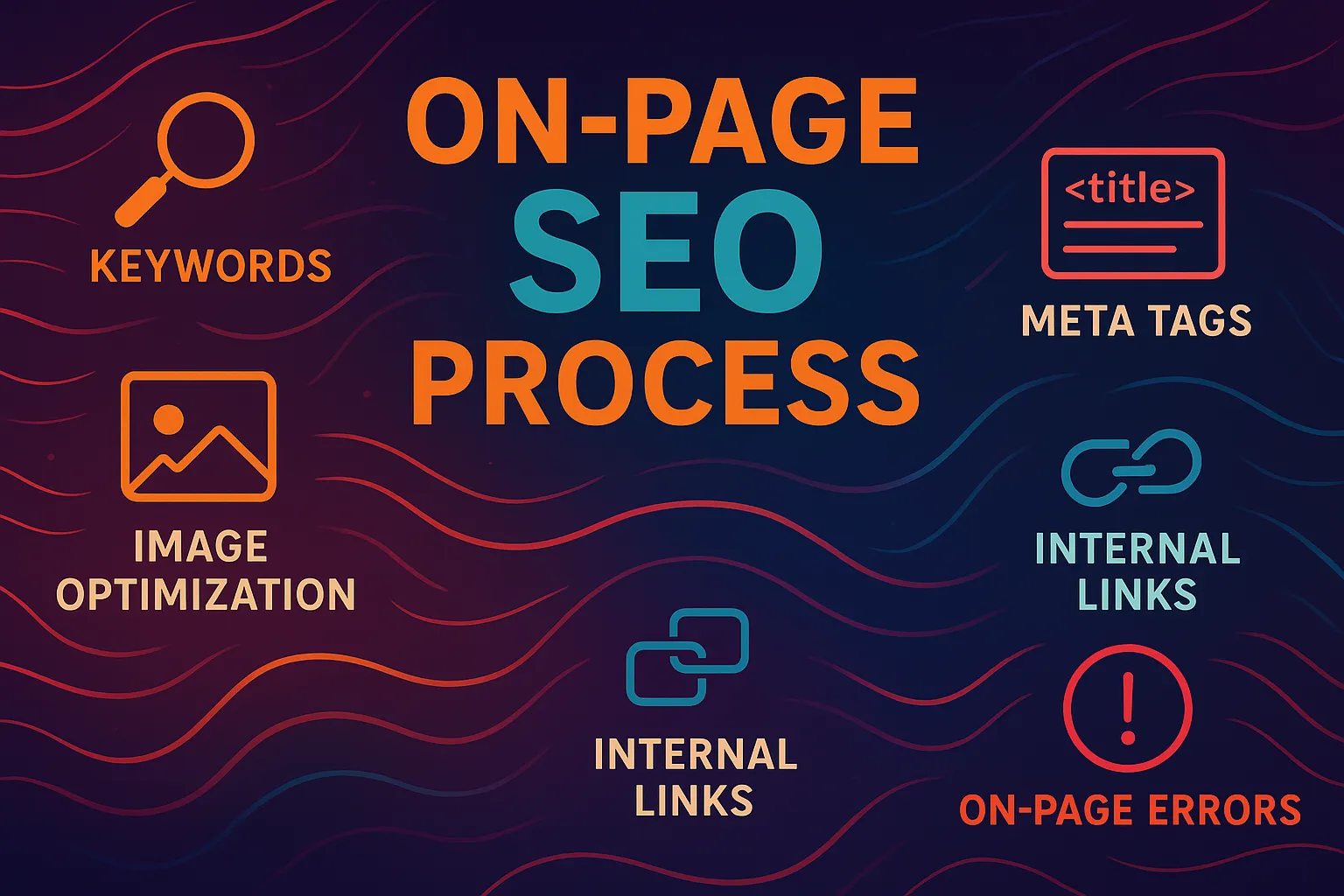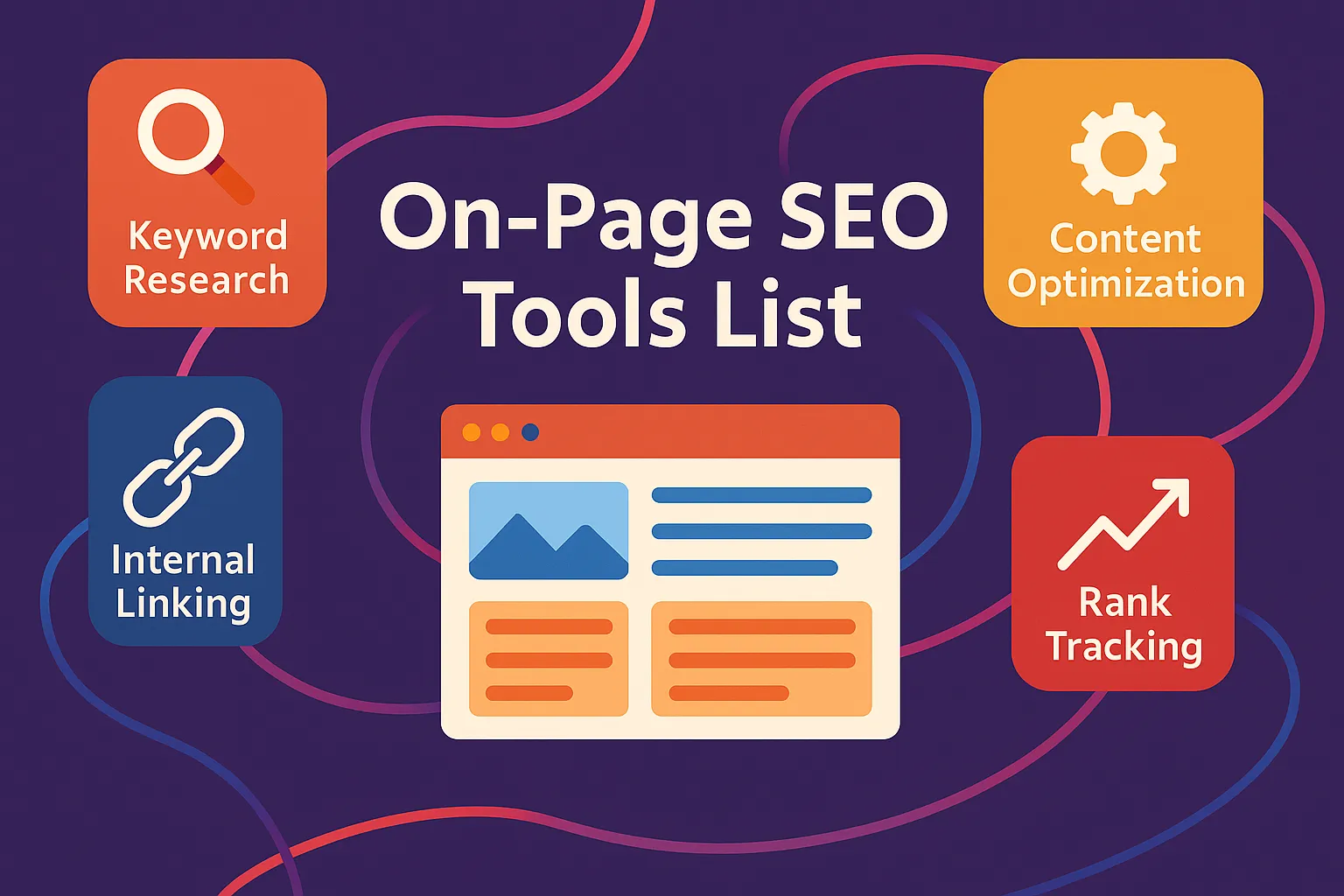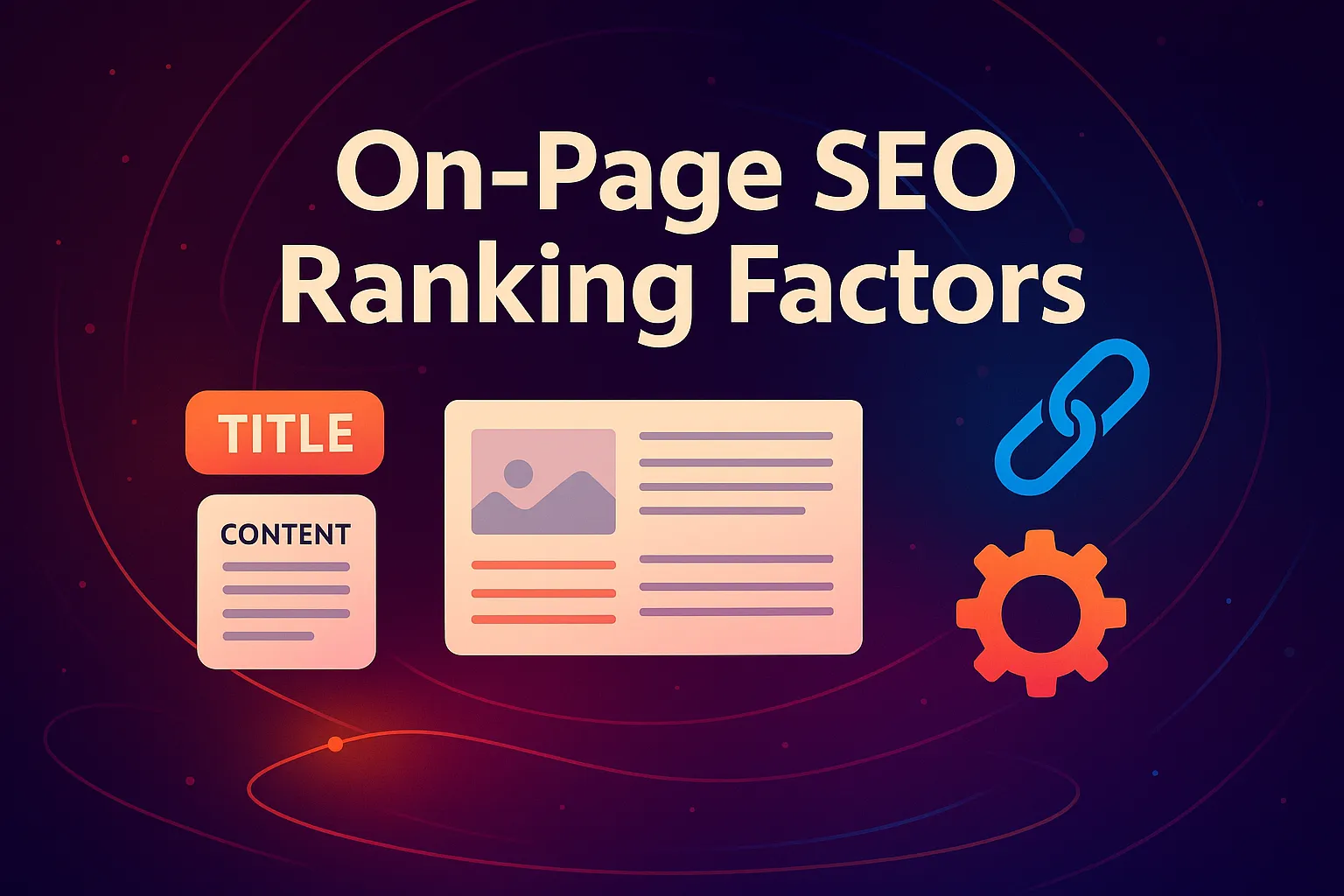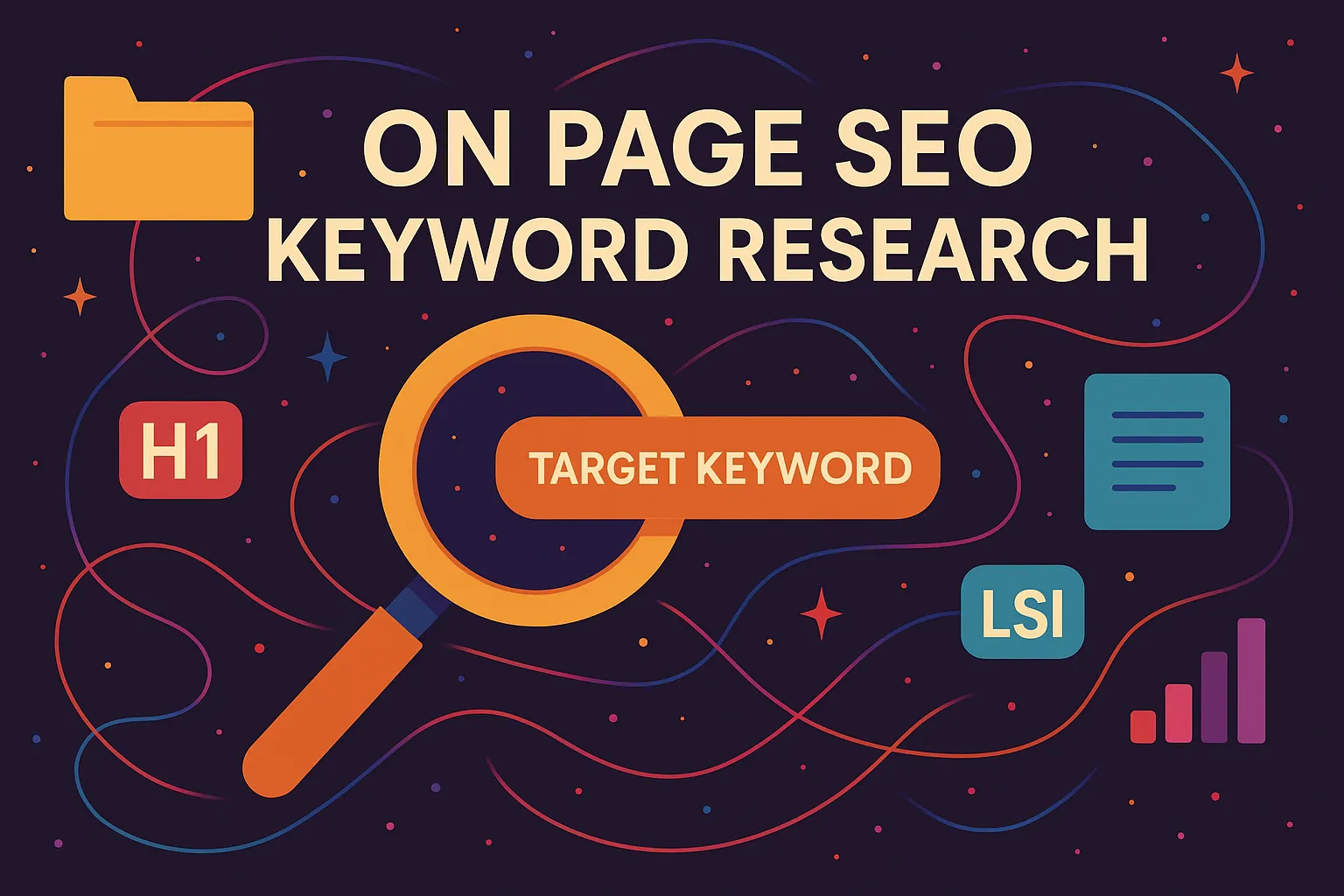What is “On Page SEO Learning”?
On page SEO learning is the process of understanding how to improve your website content and structure so that Google and your readers both love it. It’s about the words you choose, the way your content flows, and even how fast your page loads.
Unlike off-page SEO, which includes backlinks and external signals, on-page SEO is 100% within your control. From title tags to internal links, these changes happen directly on your site.
At Vibe Branding, we’ve been fine-tuning this art for over a decade, and today, I’m pulling back the curtain to show you what really works.
TL;DR Summary:
- On-page SEO is everything you do on your website to help it rank better on Google.
- This guide is for beginners and intermediate marketers learning the ropes of on-page SEO.
- You’ll learn how to structure content, place keywords naturally, and avoid common mistakes.
- We share tools, tactics, and our 10+ years of real-world experience in SEO.
- This isn’t theory—it’s what we’ve done at Vibe Branding to help brands rank and grow.
Why On-Page SEO Matters More Than Ever
In our 10+ years of digital marketing work, one truth always comes back: if your on-page SEO is weak, no amount of backlinks will save you. Google has gotten smarter, and it’s looking for well-structured, user-friendly, relevant pages that match what people actually want.
You can’t trick your way to the top anymore—and honestly, that’s a good thing. Good on-page SEO means faster sites, cleaner layouts, and content that actually helps people.
We’ve seen traffic double just by improving headers and rewriting titles to match search intent. The results are measurable, and the work is worth it. Take this stat for example:
SEO Action | Average Traffic Increase |
Optimized Title Tags | 15–20% |
Improved Page Speed | 25–30% |
Keyword Optimization | 20–35% |
Internal Linking Added | 10–15% |
Meta Description Tweaks | 5–10% |
Even small changes make a big difference.
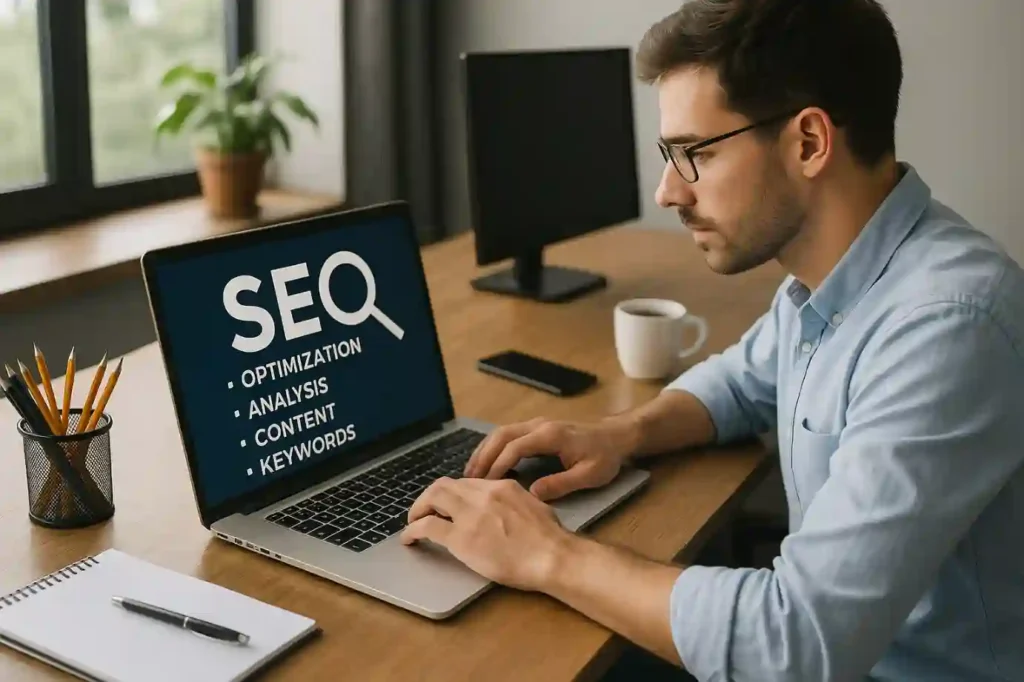
Core Elements of On-Page SEO
Let me walk you through the main ingredients of solid on-page SEO. These are the same ones we optimize for every single client here at Vibe Branding.
First up: title tags. Your title is the first thing Google and users see.
Make it count. Keep it under 60 characters, and make sure it includes your target keyword naturally. Meta descriptions come next—they don’t directly affect rankings, but they do influence clicks.
Keep them under 160 characters, and use active language that encourages the user to take action. Headers are another crucial piece.
Think of H1 as the headline, H2s as subtopics, and H3s as supporting points. Google loves structure, and so do your readers.
When it comes to your actual content, keep things readable. Short paragraphs, clear sentences, and enough depth to fully answer the searcher’s question.
Don’t skip image optimization either. Every image should have alt text, a relevant file name, and a compressed size to reduce load times.
Lastly, use tools like Yoast or RankMath to keep tabs on your content health.
How to Use Keywords Without Stuffing
This is where many beginners go off track. Keyword stuffing is outdated and can actually hurt your rankings.
Instead, think of your main keyword—in this case, “on page seo learning”—as a guidepost. Use it in your title, your H1, your first paragraph, and maybe one or two more times depending on your word count.
Let it occur naturally. Then, sprinkle in synonyms and related terms.
Google understands context now. You don’t need to repeat the same phrase 15 times to get noticed.
Here’s an example: instead of saying “on page seo learning” over and over, we might also say “learning on-page SEO,” or “improving your website SEO.” At Vibe, we use a mix of manual review and tools like Surfer SEO to make sure we strike the right balance.
The goal is clarity and relevance, not repetition.
Structuring Content for People and Google
One of the best compliments we get from clients is that our content is easy to read. That’s intentional.
We always write for humans first, then optimize for search engines second. That starts with structure.
Your H1 should clearly tell readers what the page is about. Your H2s break the content into sections, and your H3s add detail.
Use bullet points, numbered lists, and visuals to break up blocks of text. We also pay close attention to mobile readability.
More than half of web traffic is mobile, and if your page is cluttered, slow, or unreadable on a phone, people will bounce fast. Google notices that.
Readability isn’t just a UX thing—it directly affects dwell time, bounce rate, and SEO rankings. Tools like Hemingway and Grammarly can help make your writing clear, concise, and error-free.
At Vibe Branding, every blog post goes through a readability check before it hits publish.
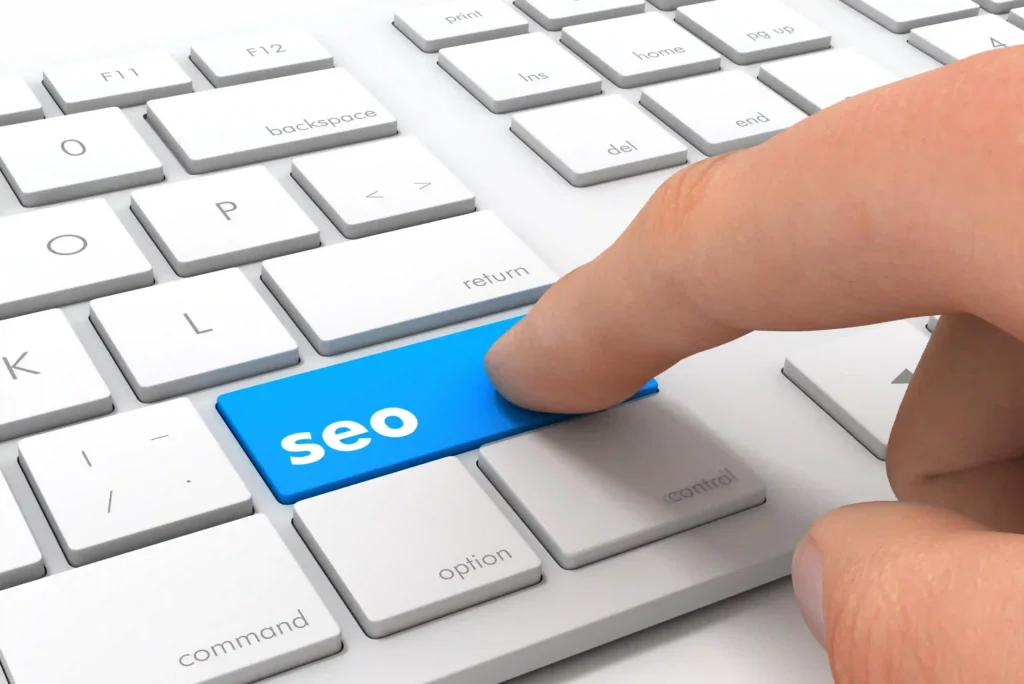
Tools That Make On Page SEO Learning Easier
You don’t have to do everything manually—we sure don’t. Here are our go-to tools for smart, efficient on-page SEO learning.
First, Google Search Console. This free tool tells you how your site is doing in search, what keywords you’re ranking for, and where to improve.
Second, Ahrefs or SEMrush. These are paid tools, but they’re worth every penny.
They show you technical errors, backlink profiles, and on-page content gaps. If you’re on WordPress, plugins like Yoast SEO or RankMath give you live feedback as you write.
Want to see what your page will look like in Google? Use a SERP simulator.
Need help with schema? Google’s Rich Results Test will show you what’s working and what’s broken.
These tools don’t just make on page SEO learning easier—they make it doable, even if you’re just starting out.
Internal Links and URL Structure: The Silent Power Players
Internal linking is one of the most underused strategies I see in client sites. Yet, it’s incredibly powerful.
Think of it as your site’s map. When you link from one relevant blog post to another, you help Google understand the relationship between pages.
You also keep users on your site longer, which is great for engagement. At Vibe, we use the “hub and spoke” model: one central piece of pillar content surrounded by smaller, related articles that link back to it.
URL structure also matters. A good URL is short, descriptive, and includes the keyword.
Instead, use something like /on-page-seo-learning. Clean URLs improve click-through rates and make your content easier to share and remember.
Google has even confirmed that readable URLs are better for users. Keep it simple. Keep it smart.
Metrics That Matter: How to Track Your SEO Progress
We always say: what gets measured, gets improved. Tracking your SEO progress is a must if you want to know what’s working and what isn’t.
One of the first places I check is Google Analytics. Look at organic traffic trends, bounce rates, average session duration, and pages per session.
These will give you a big-picture view of whether your changes are making a difference. But don’t stop there.
Use Google Search Console to track keyword rankings and click-through rates (CTR) for each page. A high impression count but low CTR?
You might need to rewrite your meta description. We also look at time on page and scroll depth using Hotjar.
If people are leaving halfway down the page, that’s a signal to reorganize or simplify the content. At Vibe Branding, we annotate key changes in our rank tracking tools.
That way, we can see how an updated title tag or improved internal links impact performance over time. If something works, we do more of it.
If it doesn’t, we go back and adjust. SEO is never static—it’s a feedback loop.
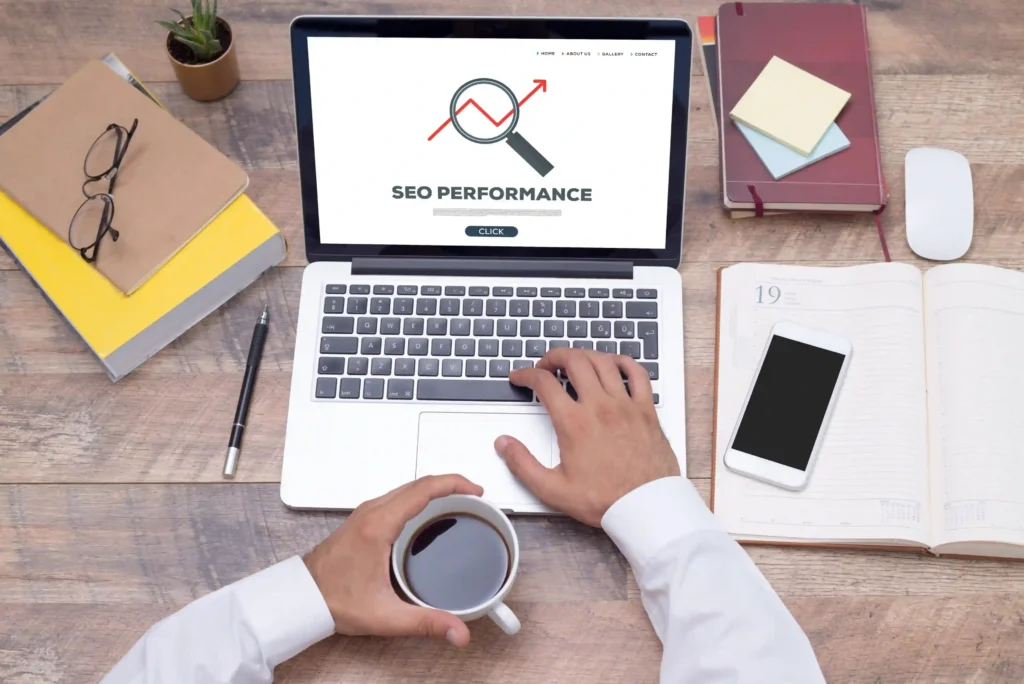
Common On-Page SEO Mistakes (And How to Avoid Them)
We’ve audited hundreds of sites, and believe me, the same on-page SEO mistakes show up again and again. One of the biggest?
Ignoring user intent. People write what they want to say, not what the searcher wants to read.
That disconnect kills rankings. Always Google your target keyword and see what kind of content is ranking.
That’s your blueprint. Another mistake is keyword stuffing.
We covered this earlier, but it bears repeating: don’t do it. Also, a lot of people forget to optimize their images.
Large file sizes, missing alt text, or irrelevant filenames can slow your page and reduce accessibility. Mobile responsiveness is another deal breaker.
If your page doesn’t work on mobile, you’re losing traffic. Period.
One final mistake: not updating old content. SEO isn’t set-it-and-forget-it.
If your post is from 2021 and still talks about outdated strategies, it won’t rank. At Vibe, we do quarterly content refreshes.
We re-check keywords, update examples, and re-promote pieces that are starting to slip. It’s one of the fastest ways to get a traffic boost.
Free Resources to Keep Your Learning Going
On page SEO learning is not a one-time thing. It’s a journey.
Luckily, there are some amazing free tools and resources out there to keep leveling up your skills. First, Google’s own SEO Starter Guide is a must-read.
It’s straight from the source, and still surprisingly underused. Next, check out Moz’s Beginner’s Guide to SEO.
It’s broken down into digestible chunks and super beginner-friendly. Then there’s Ahrefs’ blog and YouTube channel.
Their tutorials are packed with examples and data. If you want certification, Semrush Academy offers free courses on SEO fundamentals, keyword research, and more.
Don’t forget communities like Reddit’s r/SEO or private Facebook groups. We’ve even hosted free SEO clinics on Zoom through Vibe Branding, just to help our local businesses get unstuck.
Learning SEO is like going to the gym. You won’t see results overnight, but if you keep showing up, you’ll build momentum.
These resources will help you stay consistent and confident as you grow.
Final Thoughts: Your First Steps in On Page SEO Learning
If you made it this far, congratulations—you’re already ahead of most people. On page SEO learning isn’t just about ranking on Google.
It’s about creating a better experience for your visitors. It’s about clarity, structure, and giving people the answers they’re searching for.
When you get that right, the rankings follow. At Vibe Branding, we’ve helped everyone from solo entrepreneurs to national franchises clean up their on-page SEO and see real results.
The beauty of this work is that it’s in your hands. You don’t need a massive budget to start seeing impact.
You just need a process, some tools, and the willingness to keep learning. Here’s your challenge: pick one page on your website and optimize it today.
Start with the title tag. Then check your headers.
Add an internal link. Compress an image. You don’t need to do it all at once, but you do need to start. Because in the world of digital marketing, progress beats perfection—every single time.

